In early 2013, Nicole Gulotta spoke to me of her work at The Giving Table, a website that empowered people to change food systems through personal philanthropy, and of her literary blog, Eat This Poem, which fused poetry, literature and home cooking. We sat under the sun in the courtyard of Thomas Keller’s Bouchon in Beverly Hills, drinking some caffeinated beverage and most likely eating vanilla macarons. We were meeting for the first time to discuss our mutual respect for food writing, and the possibility of working together. Gulotta would go on to become one of the very first contributors for Life & Thyme—a major milestone for our tiny digital publication at the time.
I’ll never forget discussing Gulotta’s passion and desire to create a cookbook based on Eat This Poem. Publishing is a feat many recipe developers and food writers aspire to, and one few achieve; but I knew then she had the drive to make it a reality.
Fast forward four years, and today I am holding one of the first copies of Eat This Poem in all its printed glory. The book is based on the goal she expressed in that first meeting on Canon Drive: to juxtapose the art of poetry with cooking. I admit, it is a combination I would never conceived of, until Gulotta began to distill the disciplines for me, highlighting their similarities—that both are driven by creativity, emotion and personal reflection.
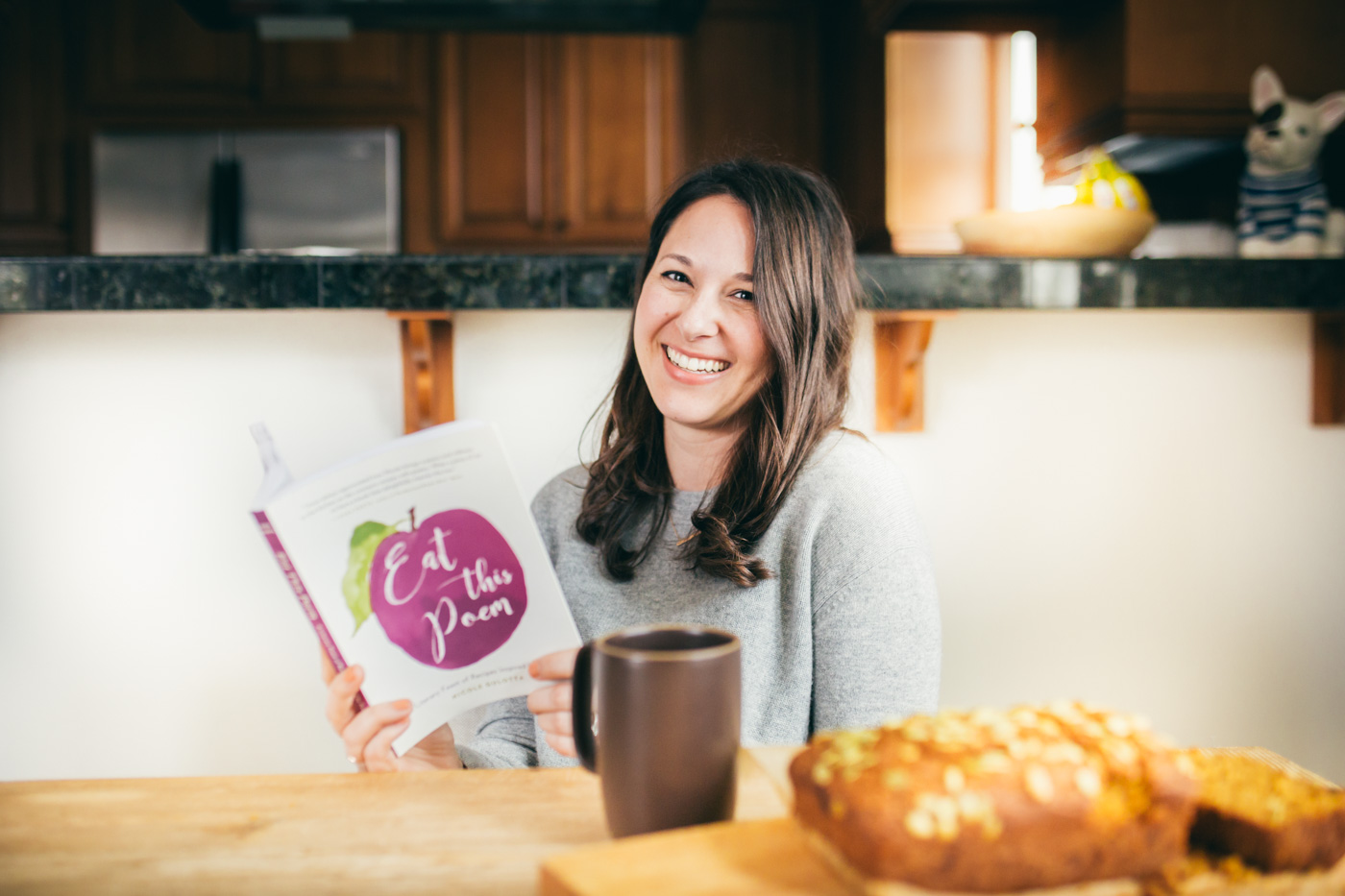
With a surge of cookbooks on the market covering nearly every cuisine and corner of the world, I find myself collecting them primarily to study the storytelling between pages of pretty pictures and recipes. Few of them captivate me, because I am often left feeling like a spectator of someone else’s romantic journey through the culinary arts.
That’s not the case with Eat This Poem. The poems are the focus, challenging the reader to analyze and interpret it in their own unique way, with the help of Gulotta’s personal commentary. “I do think a lot of poetry is an exploration of the self,” she tells me. “It’s almost a way of understanding your place in the world and making sense of it.”
And after shooting her last installment to her Life & Thyme column, The Spice Chronicles, we sat for tea and homemade pumpkin bread to discuss this idea further, coming full circle from our first meeting.
——
Did you specifically study poetry in school?
Nicole Gulotta: I did. I can’t remember a time when I wasn’t writing. That was something that happened very early for me. When I was younger, I did a little bit of everything, whether it was songs or poems or stories.
It was in high school when I really discovered poetry. At the time for me it was a way to communicate my emotions and understand them. I was in my second period sophomore English class, and we went to the library one day. We were all getting the Norton Anthology of Poetry—these dusty copies—to study. We all came back to the room together and actually laid down in a circle on our stomachs, looking at all the books.
Our teacher said, “Start flipping through the pages and stop on whatever poem your eye lands on first. Read that one, and that is the one you are going to memorize; that is the one you are going to be thinking about for the next couple of weeks.” And that night I remember going home and writing a poem. I had written poetry before that, but that is the first time I remember being very intentional about it. And from there poetry stuck for a long time. I was very dedicated to it; I wanted to write it, to study it.
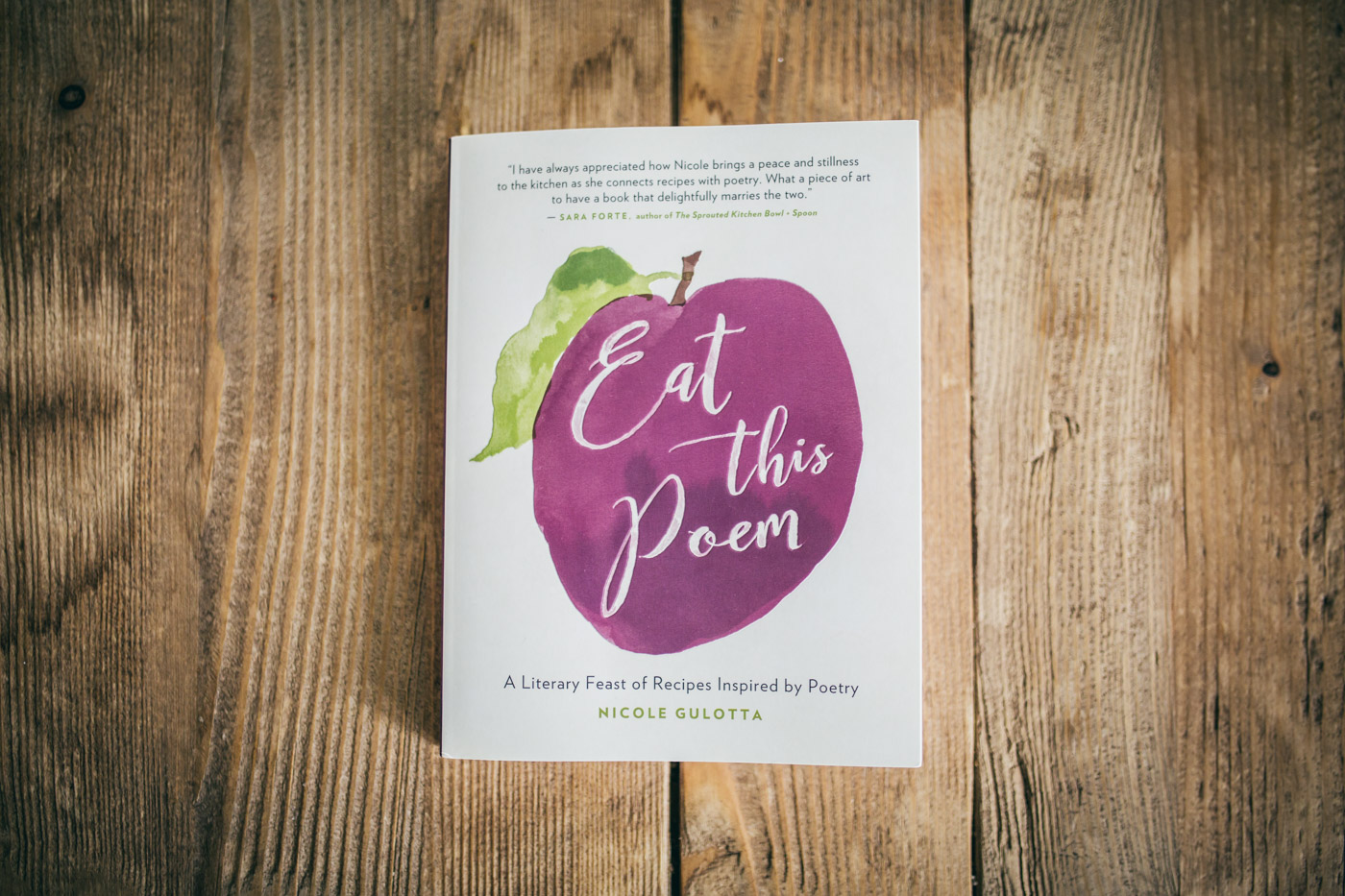
What are the similarities between the creativity behind poetry and cooking?
NG: Whether you are cooking or writing, you are creating something out of nothing. A writer will use a certain set of tools. They have a language, they have sentence structures, they have metaphors, they have a pen or pencil, and a piece of paper. A cook has a knife, a cutting board. They might sauté or braise something. They have a technique. They have different ingredients.
With food and writing you are bringing not only the techniques you learned, but you are also bringing your own influence and memories and experiences.
How do you see the current state of poetry today?
NG: Poetry is having a moment, in a good way. People are turning to poetry as a way to make sense of a lot of things going on in the world, whether humanitarian issues, politics, grief or loss, or whatever it is in their life. Sometimes we experience poetry in those milestone moments, where it may be a funeral or someone reads a poem at a wedding—those big moments.
The poet Billy Collins talks about this idea of ambushing people with poetry, where before they have a chance to realize what they are reading is actually poetry, it gets in them and takes hold. There have been some examples where there has been poetry in subways or on public transportation, or poetry in national parks on signs, and people experience it out in the wild before they have a chance to realize they’re reading a poem. It is a fun way of looking at how you might be able to inspire people.
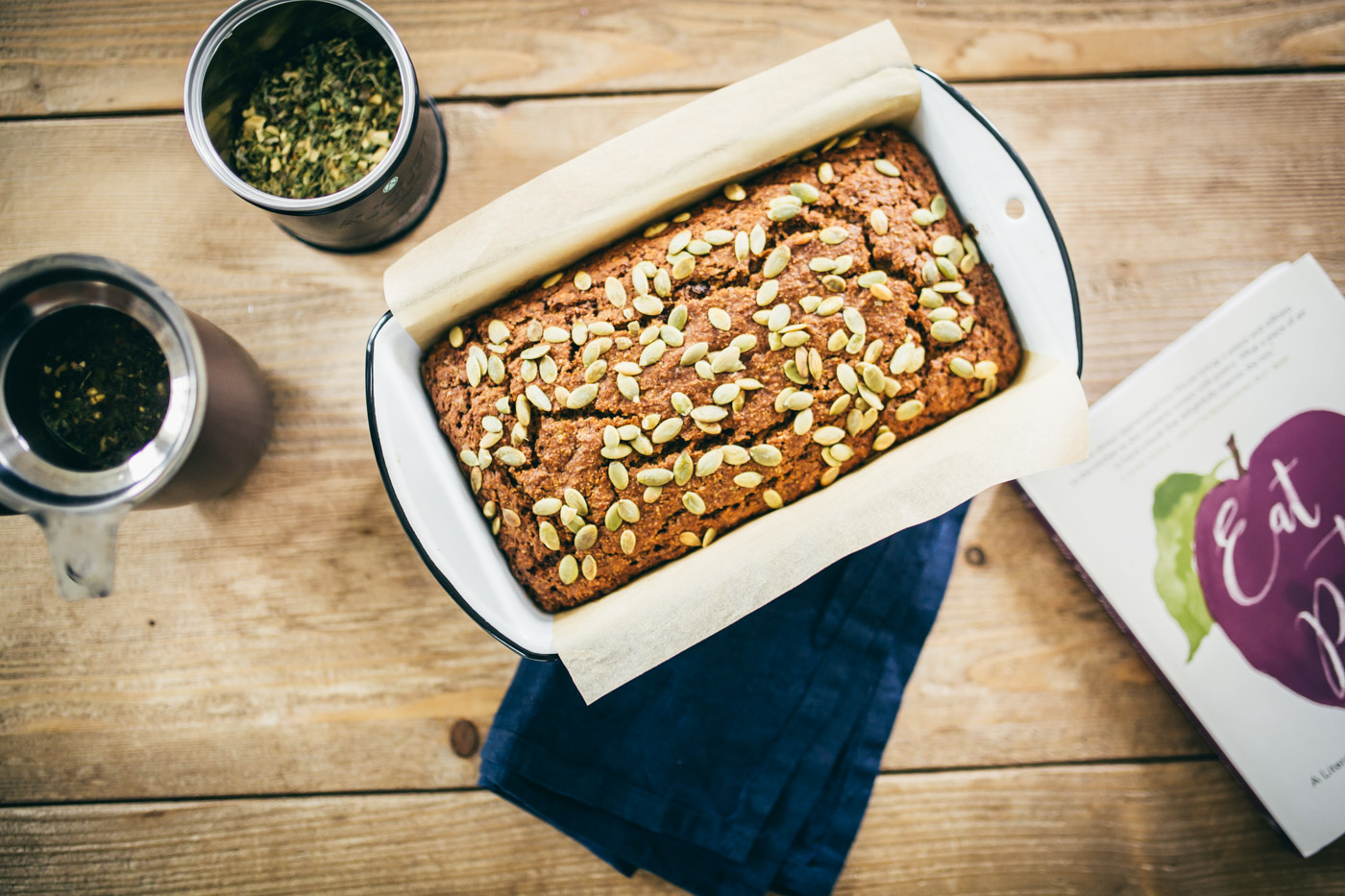
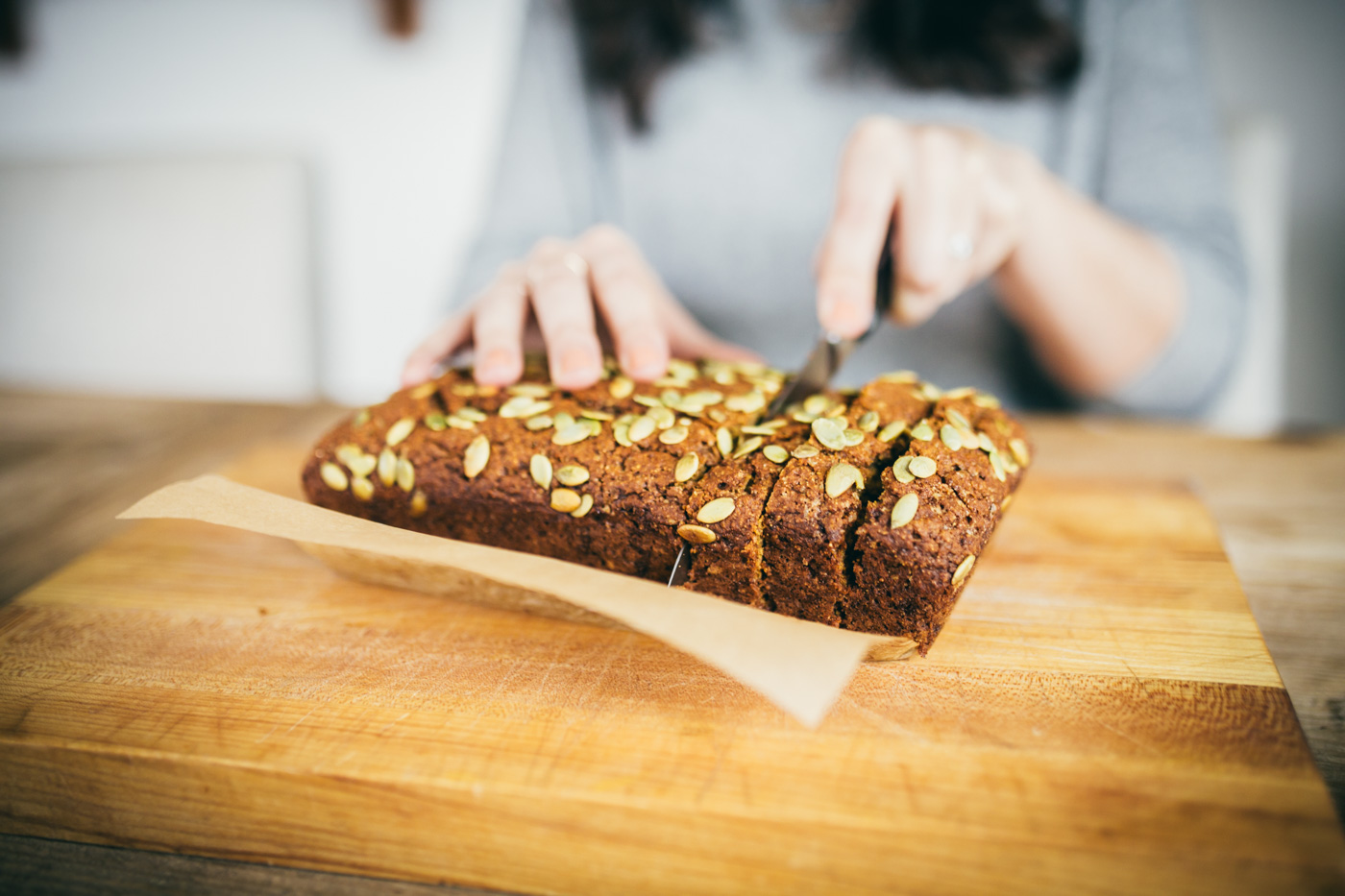
People are often intimidated by poetry or feel like it isn’t very accessible.
NG: There is definitely an accessibility factor. Most people—and I was the same—experience poetry in school and you are taught in a very formal way, and it doesn’t always feel accessible. But people have a harder time figuring out how to relate to it day-to-day. I am someone who loves poetry, and I still have that problem.
What process did you take when pairing a recipe to a poem?
NG: First, I started with the poem. I usually printed out a copy so I could sit with it, make notes, and get a sense of what the poem was really about—what ingredients were there to work with.
A lot of times I would get ideas from that first read, especially if the ingredients were very obvious and explicit in the poem. Then I would start tinkering. I would get some concepts down and maybe an idea for a dish, and I would type up a draft of a recipe and cook it for dinner. I did that process over and over for a year or two.
How do you find the poems you feature in the book? Are all the poets alive?
NG: There are a couple who have passed away, but most of them are alive and well. I used a lot of my own books I had amassed over the years. I would look through them and see at first glance if there was a title that was very obvious. Some of them are not so obvious and you have to dig a little bit; maybe there is a reference to cooking or food in there, but it is not the entire purpose of the poem.
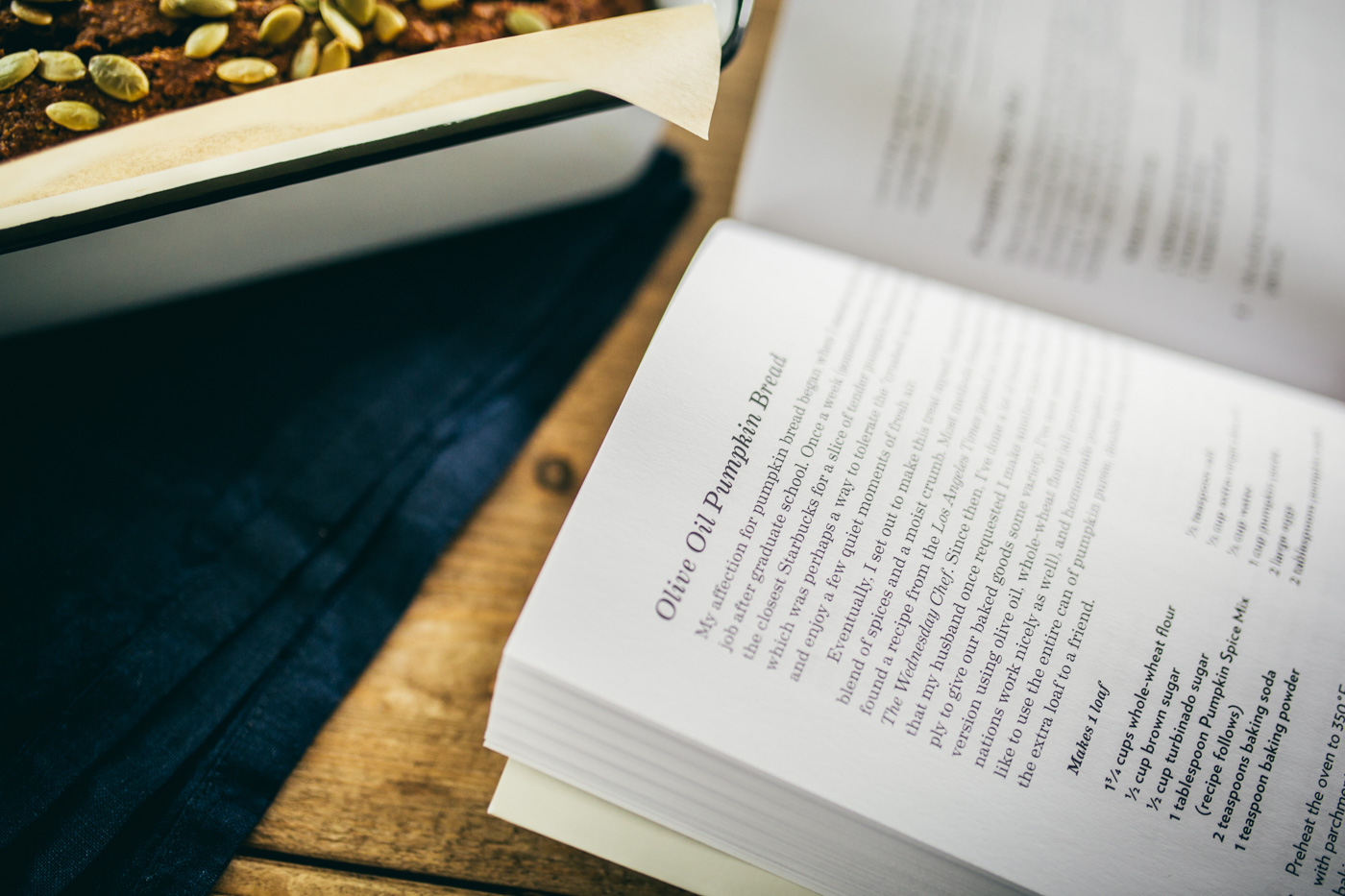
Do you have any favorites?
NG: I love the poem “Pot Roast” by Mark Strand. It is specifically about the memory of food—an experience you might have in childhood. In this case, [it’s about] eating pot roast at his mother’s kitchen table in Nova Scotia, and how years or decades later, that memory still lives, and you can still taste something. Maybe it is not that exact meal, and maybe it is, but it sends you right back there. Something about this poem is very sentimental, and I related to this a lot. The recipes paired with it are my family’s heirloom recipes.
“While Eating a Pear” by Billy Collins is also a great poem. This poem is about a moment in time. There is a man standing by a bowl that has fruit in it. He picks up a pear and touches it with his thumb and brushes off some of the skin. It is one of those moments when you can completely zoom out, and go back centuries, and wonder, “When did that pear first arrive in the world and how do you relate to it now?” There is cosmic wonder in a poem like that.
Poetry is so exceptional at illuminating very ordinary moments—moments where you might pick up a pear and eat it and go about your day, and not take the time to think about it like this. But what the poet is doing is pausing for a second and saying, “Let’s think about this pear we are about to eat.” It forces you into this reflective, meditative state in a way.
——
Eat This Poem is published by Roost Books and available on Amazon.





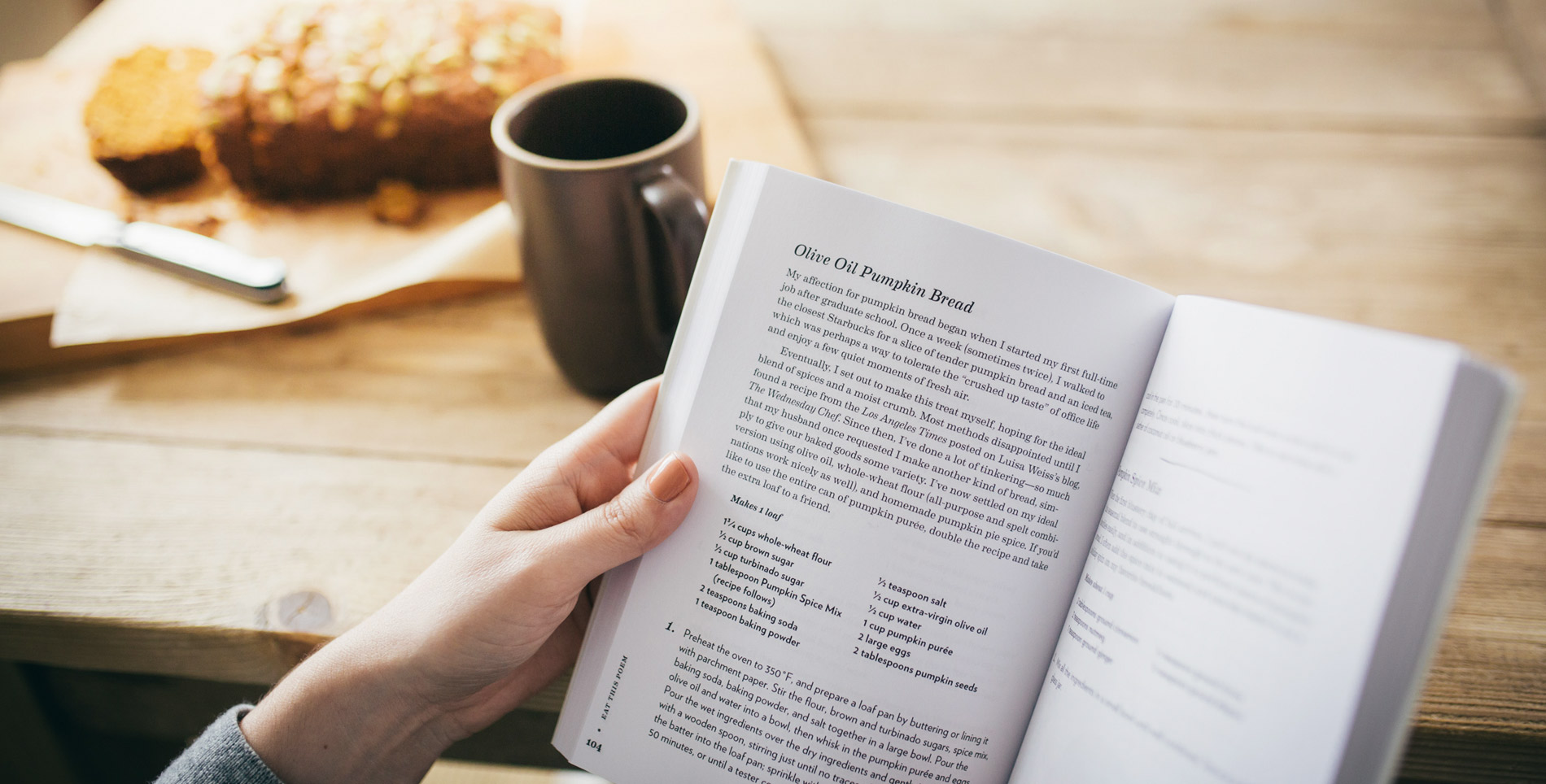

Our comments section is for members only.
Join today to gain exclusive access.